When it comes to parenting, animals often display behaviors that are as complex and tender as those found in human families. The instinctual drive to nurture and protect their young is a universal theme that cuts across species, offering heartwarming glimpses into the animal kingdom’s version of family life. From the vigilant to the self-sacrificing, these animal parents show that love and dedication can be found in the wildest of places. Here are 13 charming examples of animal parenting that might just warm your heart and remind you of the nurturing that transcends all boundaries.
1. Emperor Penguins

Imagine standing huddled together in the harsh Antarctic winter to protect a fragile egg. This is the reality for male emperor penguins, who balance an egg on their feet, keeping it warm under a flap of skin for two cold, dark months. As if that wasn’t enough, they must also endure fierce winds and temperatures that drop to -60°C without eating a single morsel. Their dedication is a testament to the strength of parental love in one of the world’s most challenging environments.
According to a study published in the journal Nature Communications, emperor penguins have perfected this unique strategy over millennia, showcasing behavioral adaptability critical to their survival. They engage in an intricate dance of coordination, with females returning just as the males’ energy reserves are nearly depleted. This seamless transition between partners ensures that the chick thrives despite the odds. Their shared responsibility is a lesson in resilience and cooperation.
2. Orangutan Moms
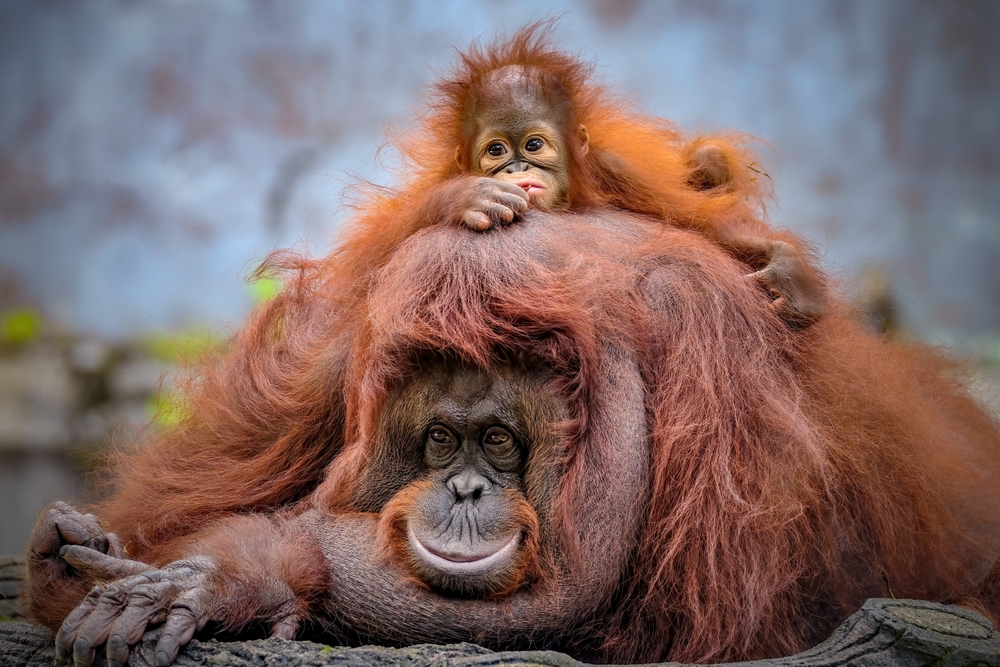
Orangutan mothers are the epitome of single-parent devotion, raising their young largely on their own in the dense forests of Borneo and Sumatra. These mothers spend up to eight years teaching their offspring the skills necessary for survival, such as finding food and building nests. Their bond is incredibly strong, with young orangutans clinging to their mothers as they swing through the trees, a touching display of trust and care. It’s a demanding role, but one that ensures the future survival of these critically endangered species.
In a world where survival is precarious, orangutan mothers make sacrifices that are both practical and deeply emotional. They often forgo food to feed their young, even though their resources are limited. As the young mature, mothers slowly encourage independence, a gradual process that helps the juveniles learn to navigate their complex environment. It’s a poignant reminder of the delicate balance between nurturing and letting go.
3. Elephant Matriarchs

Elephants are well-known for their strong familial structures, with matriarchs leading the way. These wise leaders guide their herd through the challenges of the savannah, from finding water during droughts to warding off predators. The matriarch’s knowledge, accumulated over decades, is crucial for the group’s survival. Her leadership is based on experience, and the younger elephants learn by observing her actions.
Research by the Amboseli Elephant Research Project highlights the critical role matriarchs play in elephant societies. Studies show that herd success is heavily dependent on the leadership of these seasoned females, who pass down knowledge through generations. Their memory and social intelligence are unparalleled, reflecting a sophisticated social structure. In many ways, elephant matriarchs embody the ultimate blend of authority and empathy.
4. Cheetah Moms: Speed and Strategy
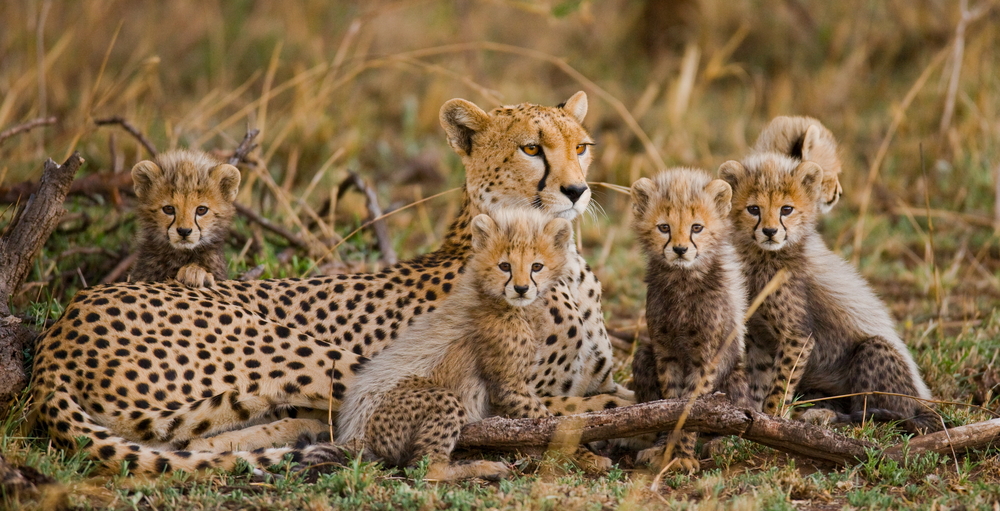
Raising a litter of cheetah cubs in the wild is no small feat, especially when you’re one of nature’s fastest animals. Cheetah mothers use their speed and cunning to provide for their young while also teaching them essential hunting skills. They frequently move their cubs to avoid predators, a strategic maneuver that ensures their safety. The mother’s role is both a physical and educational endeavor, preparing her cubs for the challenges of the African plains.
The bond between cheetah moms and their cubs is a dynamic blend of play and survival training. She patiently coaches her young in stalking and chasing prey, skills critical to their future independence. Despite the high mortality rates of cheetah cubs, mothers persistently strive to give their young the best possible start. In doing so, they exemplify how speed and strategy can be harnessed for nurturing.
5. Alligator Moms

Despite their fearsome reputation, alligator mothers are incredibly attentive parents. After laying eggs, the female guards her nest fiercely, ensuring no harm comes to her future hatchlings. When the eggs are ready to hatch, she gently carries the newborns in her mouth to the water, a tender act that belies her powerful jaws. Her protective nature extends well beyond birth, as she vigilantly watches over her young for up to two years.
A study in Herpetologica emphasizes the critical protective behaviors of alligator moms, noting their role in the preservation of their species. These maternal instincts are key to the survival of young alligators, who face numerous threats in their swampy habitats. The mother’s presence deters predators and provides a safeguard during this vulnerable period. It’s a fascinating juxtaposition of ferocity and care that underscores the complexity of reptilian parenting.
6. Wolf Packs
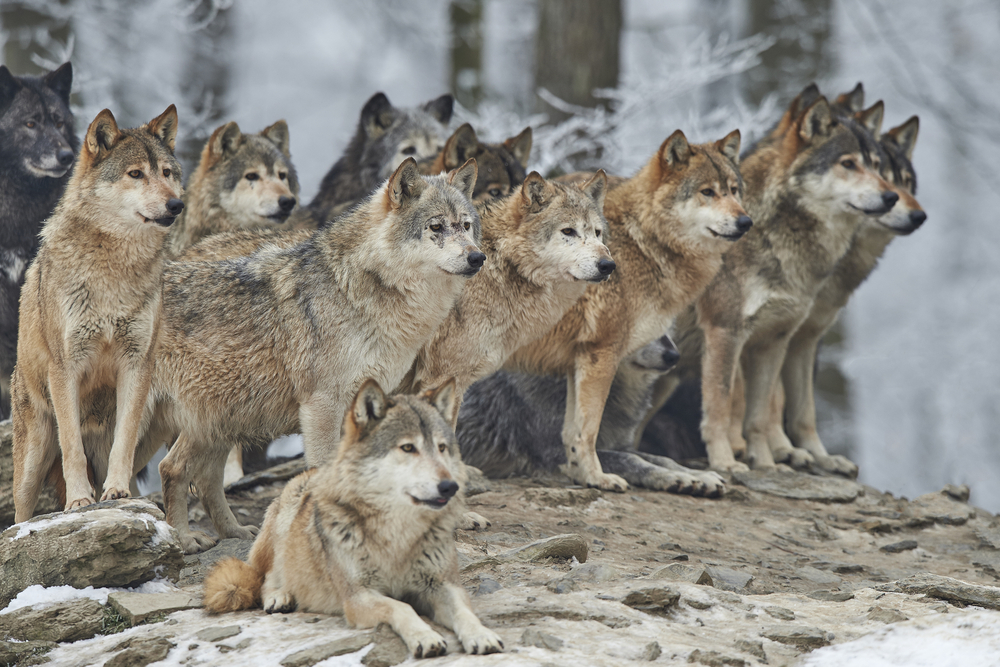
Wolf parenting is a family affair, with the entire pack contributing to the care of the pups. The alpha pair leads, but other members help with babysitting, feeding, and teaching the young crucial life skills. This social structure creates a supportive environment where pups can thrive and learn to become effective hunters. The collaborative nature of wolf packs highlights the importance of community in raising the next generation.
Pups are born into the heart of the pack, where they receive constant attention and nurturing. The shared responsibility among pack members ensures that no pup is left behind, fostering strong bonds and group cohesion. As the pups grow, they’re gradually introduced to hunting and territory defense, skills that are critical for their survival. This cooperative approach exemplifies how teamwork and social bonds are vital for success in the wild.
7. Dolphin Pods
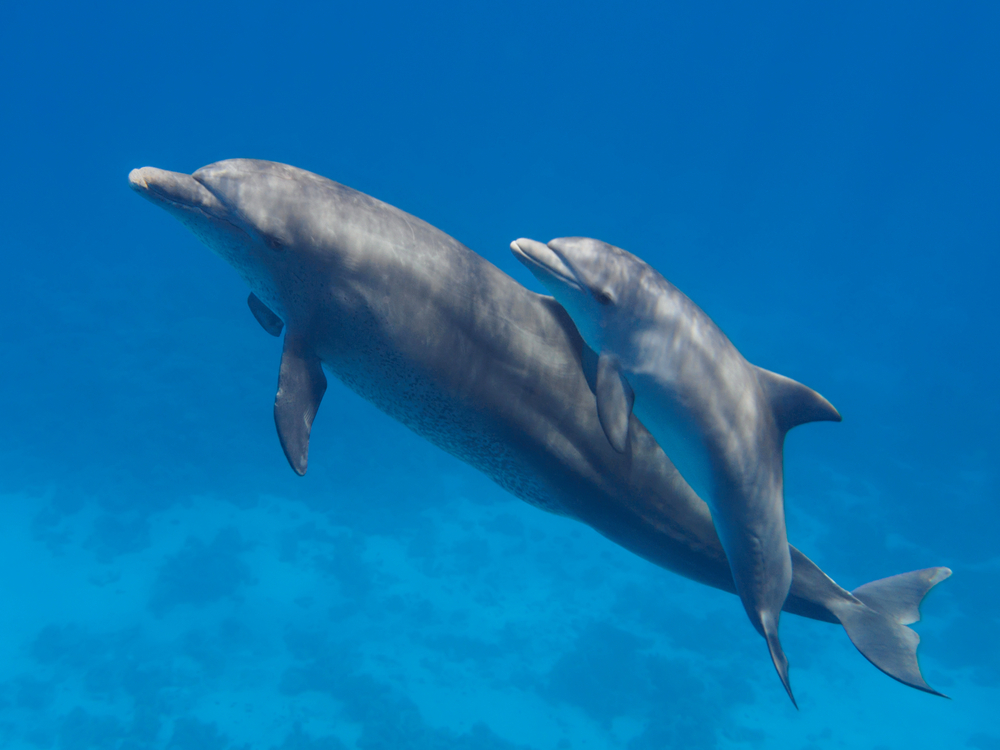
Dolphins are celebrated for their intelligence and playful nature, traits that are integral to their parenting style. These marine mammals engage in complex social behaviors, with mothers teaching their calves through play and imitation. Calves are often seen mimicking their mothers, a learning process that encompasses communication, hunting techniques, and navigation skills. It’s a joyful and effective method of education that highlights the sophistication of dolphin societies.
According to research from the Sarasota Dolphin Research Program, play is a crucial aspect of dolphin development, promoting cognitive growth and social bonding. The study found that playful interactions between mothers and calves enhance learning and adaptability. This playful education is not only beneficial for survival but also strengthens the emotional connections within the pod. Dolphins remind us that learning can be both fun and foundational.
8. Polar Bear Mothers
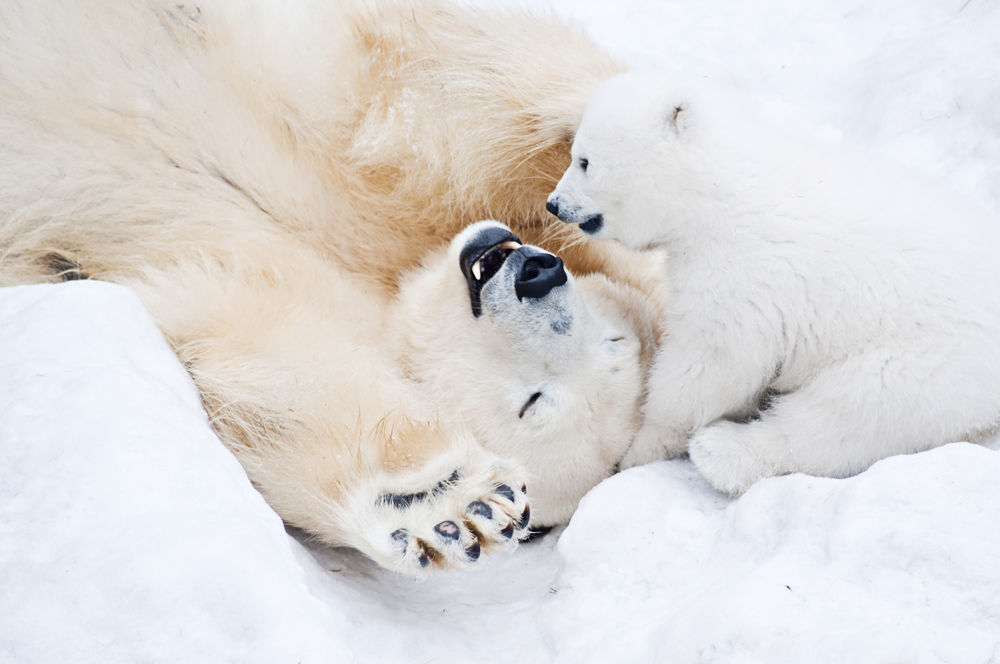
In the icy expanse of the Arctic, polar bear mothers exemplify endurance and care. After giving birth in a snow den, they remain with their cubs for several months, providing warmth and nourishment in a world of ice. Once the family emerges from the den, the mother leads her cubs across the frozen landscape in search of food. Her role is crucial, as she imparts survival skills that her cubs will rely on as they grow.
Polar bear mothers face immense challenges, from finding scarce resources to protecting their young from threats. Despite a harsh environment, their dedication ensures that their cubs have a fighting chance. As the cubs mature, the mother gradually introduces them to the ways of hunting, a skill vital for their future independence. This journey of survival is a powerful testament to the strength and resilience of maternal love in the wild.
9. Sea Otter Moms
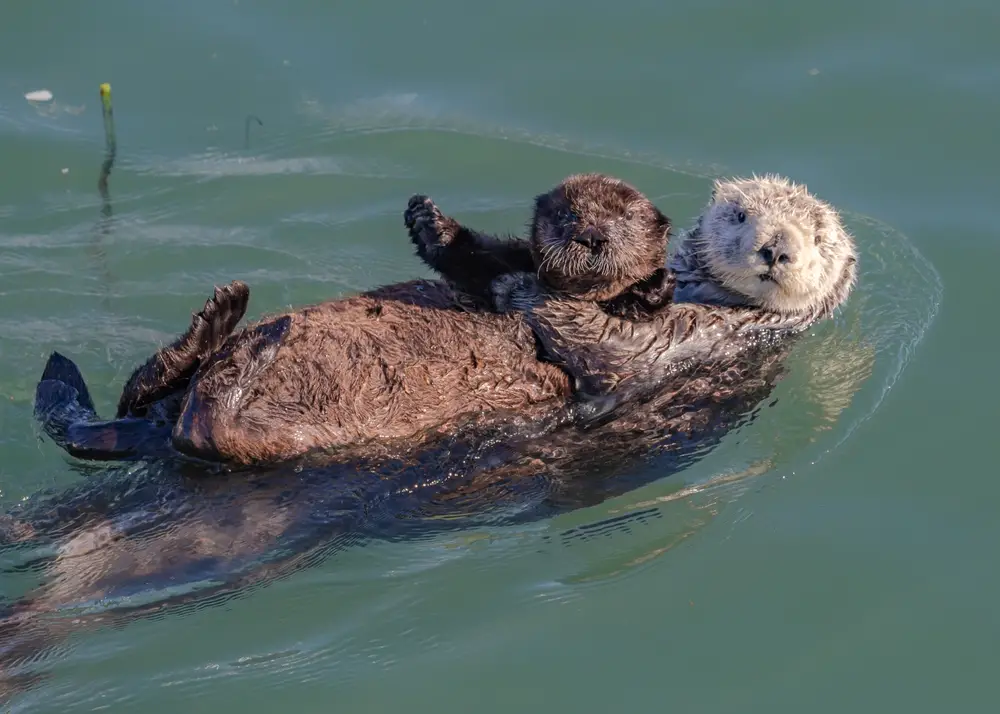
Sea otter mothers transform the ocean into a nursery, tenderly caring for their pups on the water’s surface. They wrap their young in kelp to keep them secure, creating a floating cradle. This ingenious behavior allows the mother to forage while ensuring her pup remains safe, a clever adaptation in the marine environment. The mother’s constant grooming of her pup’s fur is essential for insulation, highlighting the meticulous care sea otter moms provide.
The bond between sea otter mothers and their pups is both endearing and vital for survival. In a world where the cold ocean is an ever-present challenge, their nurturing behaviors ensure that pups stay warm and buoyant. As the pups grow, mothers teach them how to dive and forage, skills necessary for their marine life. Sea otter moms exemplify how thoughtful parenting can thrive even in the most fluid of habitats.
10. Meerkat Clans
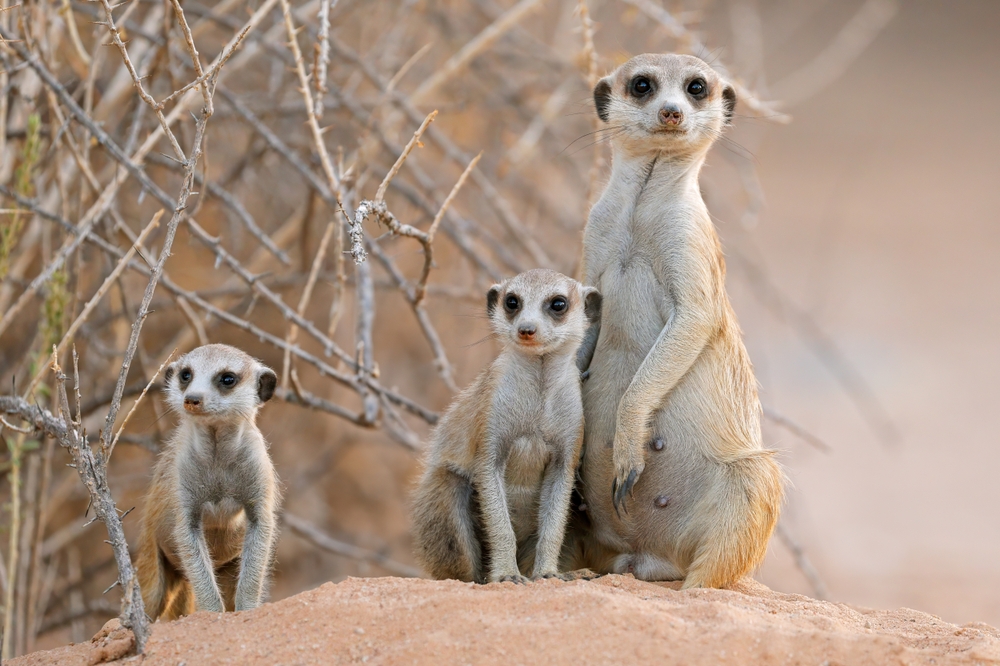
Meerkats, with their upright postures and curious expressions, are dedicated educators when it comes to their young. Living in tight-knit communities, or mobs, they utilize a collective approach to teaching pups about their complex environment. Adult meerkats take turns babysitting and foraging, ensuring everyone plays a role in the upbringing of the next generation. This collaborative effort fosters a supportive learning environment where young meerkats can thrive.
In the bustling life of a meerkat clan, education is hands-on and interactive. Pups are introduced to hunting and survival through observation and practice, often learning by trial and error. The communal involvement in raising young ensures that knowledge is passed down effectively, strengthening the social bonds within the clan. Meerkats remind us of the power of community and collaboration in nurturing success.
11. Kangaroo Moms

Kangaroo mothers are well-known for their unique approach to parenting, utilizing their pouches as protective nurseries. After birth, the tiny joey crawls into the mother’s pouch, where it continues to develop in safety. This nurturing environment allows the mother to carry her young while navigating the vast Australian landscapes. The pouch provides warmth, security, and easy access to nourishment as the joey grows.
As the joey matures, the mother gradually introduces it to the outside world, a gentle transition that encourages independence. The bond between kangaroo mothers and their joeys is a remarkable example of nature’s ingenuity in nurturing. Even after leaving the pouch, the young often return for comfort and milk, highlighting the enduring connection between mother and offspring. Kangaroo moms redefine carrying capacity in the most literal sense.
12. Penguin Dads

While many animal societies see females as the primary caregivers, certain penguin species flip the script with devoted fathers. Emperor penguin dads, for instance, are left in charge of incubating the eggs while the mothers hunt for food. Balancing the egg on their feet, these fathers huddle together for warmth, showcasing extraordinary patience and care. Their dedication during this period is a striking example of shared parenting responsibilities.
In a world where gender roles are often rigid, penguin dads prove that effective parenting knows no bounds. Their communal efforts create a warm, protective environment that ensures the survival of their young. The transition from egg to chick is a collective achievement, emphasizing the importance of cooperation in parenting. Penguin dads remind us that nurture and care can be both masculine and powerful.
13. Gorilla Moms
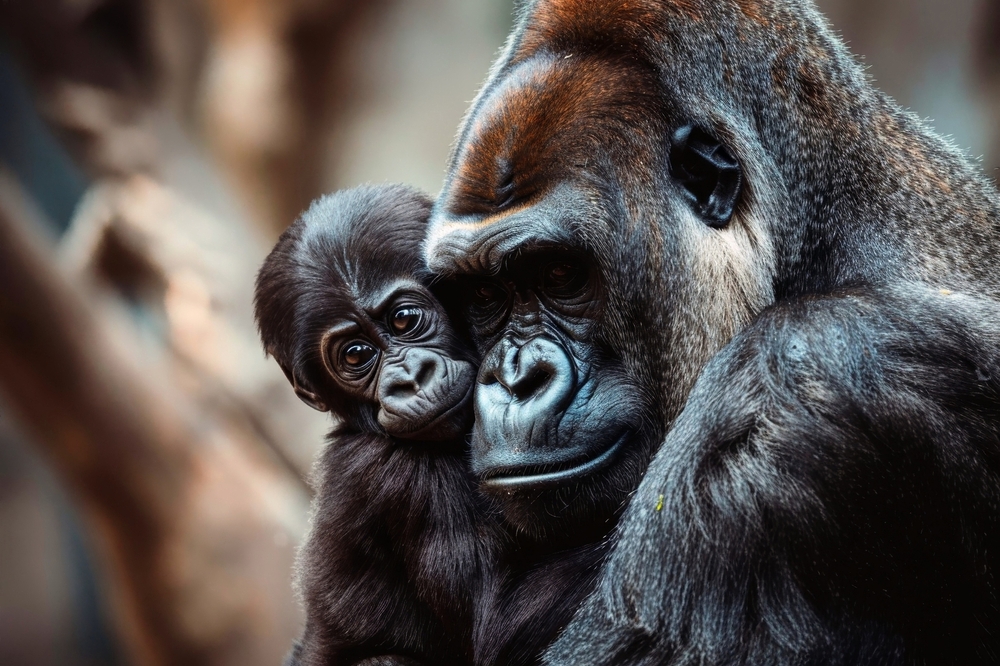
Gorilla mothers are hands-on caregivers, profoundly dedicated to their infants in the dense jungles they call home. From the moment a baby gorilla is born, it rarely leaves its mother’s side, clinging to her as she moves through the forest. This close contact fosters a strong bond and provides the young gorilla with a sense of security and warmth. The mother’s role is both nurturing and educational, as she introduces her offspring to the social complexities of gorilla life.
In the world of gorillas, the family unit is paramount, with mothers playing a pivotal role in teaching social skills and hierarchy. The nurturing environment they create is essential for the physical and emotional development of their young. Over time, the lessons in foraging and social interaction prepare the young gorilla for its future within the troop. Gorilla moms exemplify the profound impact of maternal care in shaping intelligent and socially aware beings.
